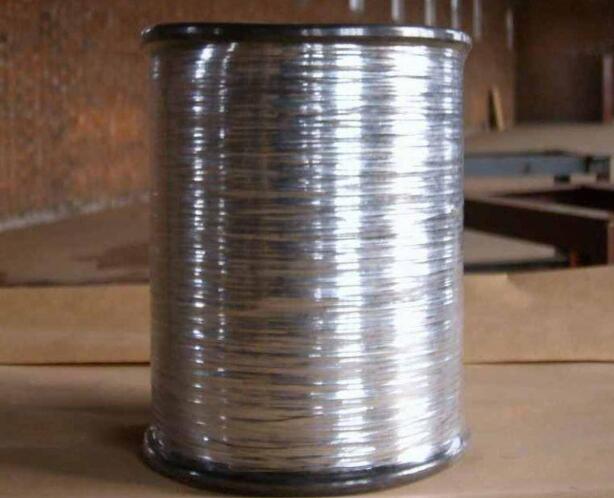Hot dip galvanizing is to remove oil from the workpiece, pickling, dipping, drying after dipping into the dissolved zinc solution for a certain time, can be brought out. Hot dip galvanizing is an effective way to prevent corrosion of metal. It is mainly used for metal structure facilities in various industries. It is to immerse the steel parts after rust removal into the melting zinc liquid at about 500℃, so that the surface of the steel members is attached with zinc layer, so as to play the purpose of anti-corrosion. The galvanized layer is more firm.
Cold galvanized, generally speaking, do not need heating, galvanized amount is little, this galvanized parts are easy to fall off in wet environment. Hot dip galvanizing, also known as hot dip galvanizing, is to melt the zinc ingot at high temperature, put some auxiliary materials in, and then dip the metal structural parts into the galvanized groove, so that the metal members are attached to a layer of zinc layer. The advantage of hot dip galvanized is that its anticorrosion ability is strong, the adhesion and hardness of galvanized layer is better.
The price of galvanized iron wire is relatively low, but the corrosion resistance is excellent, so it is favored by many screen businesses. In the production process of galvanized iron wire, first of all, we should check the equipment to see if there are any problems, and then we should look at the galvanized process, whether there are factors that cause product discoloration. If these problems do not exist, or some of them occur on the same equipment, and some are normal, then we should consider the problem of raw materials at this time.
Some raw materials in the production of unstable processing, the wire itself will exist burr, surface small pits and other local defects. Galvanized steel in galvanized, generally should pay attention to the galvanized layer protection time of galvanized wire, and the thickness of galvanized layer has a great relationship. Generally speaking, when the main gas is relatively dry and used indoors, the galvanized layer thickness of galvanized wires is only 6-12μm, and under relatively harsh conditions, the galvanized layer thickness of galvanized wires needs 20μm, and can be predicted to reach 50μm.
Environmental factors should be considered when choosing the thickness of galvanized layer. Galvanized wire in galvanized, pay attention to the above problems, can be well galvanized, to ensure the quality of galvanized wire. Galvanized methods are mainly divided into two types, one is hot dip galvanizing method, the other is electric galvanizing method. This paper mainly introduces the method of galvanizing. Electrogalvanizing is an electrolyte used for galvanizing.
Post time: 16-05-23
